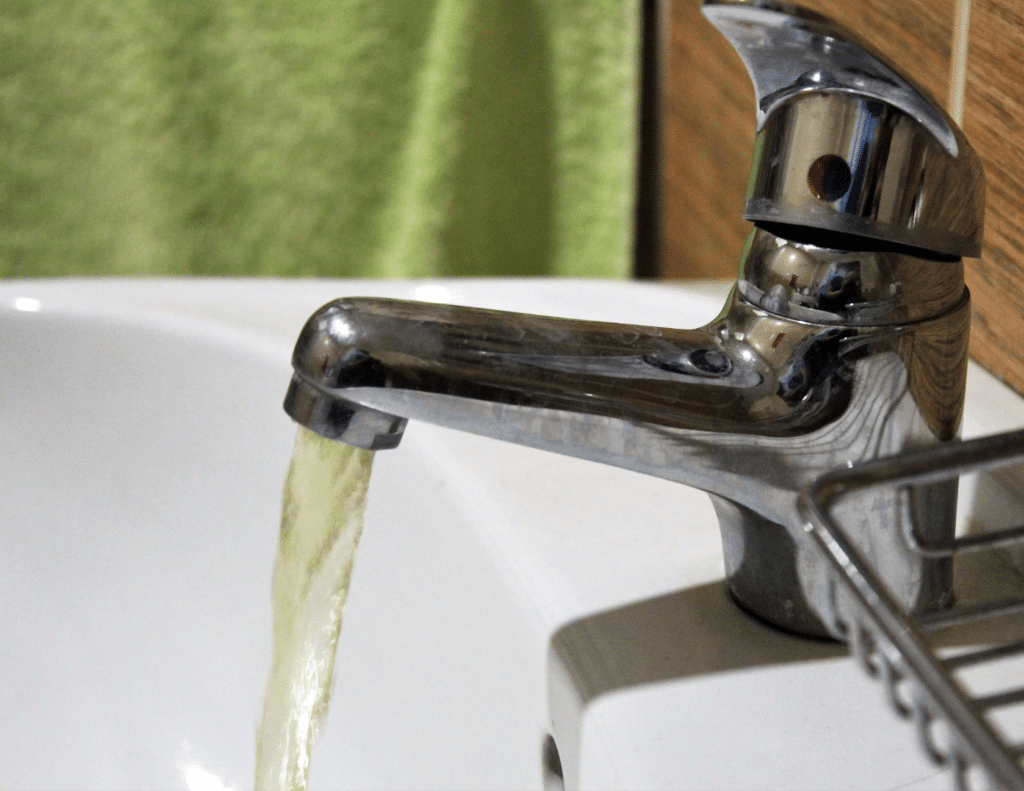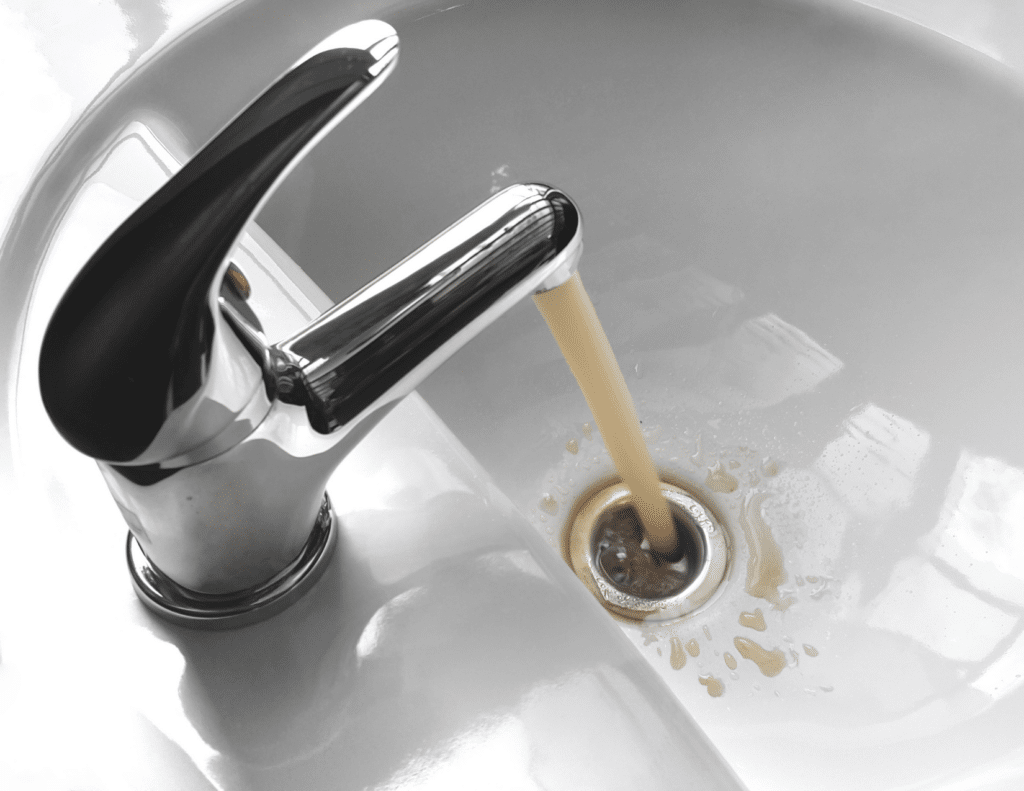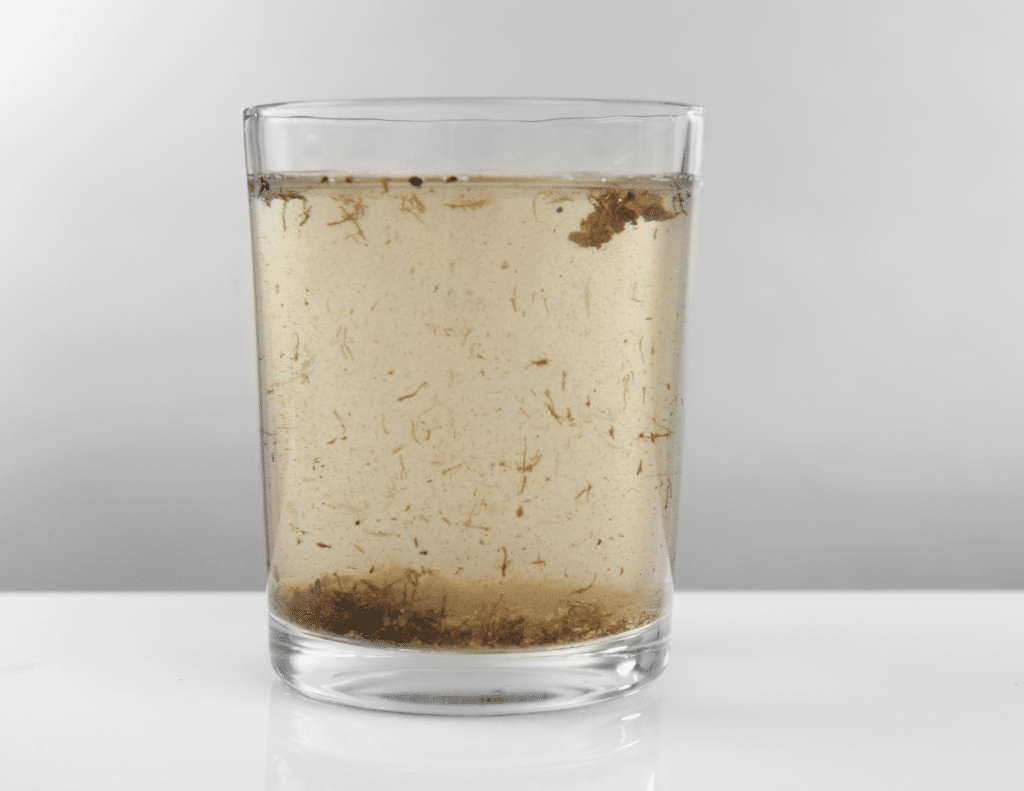Having access to clean and safe water is essential for the health and well-being of any community or household. Backflow, a condition where contaminated water flows into the clean water supply, poses a significant threat to the safety of our water systems. To ensure the integrity of your water supply, it’s crucial to understand when you might need backflow repair. In this comprehensive blog, we’ll explore what backflow is, the signs that indicate you need backflow repair/prevention, and why addressing this issue promptly is vital.
Understanding Backflow and its Causes

Before delving into the signs of backflow and when repair is necessary, let’s clarify what backflow is and how it can occur. Backflow is a plumbing issue that occurs when the water flows in the opposite direction to its intended direction. This often results in contaminated water, usually from a private system, flowing back into the clean water supply.
There are several causes of backflow, including changes in water pressure within the system. Two common types of backflow that can occur are:
Backsiphonage:
This occurs when there’s a sudden drop in water pressure in the main supply line, causing water to be drawn from a building or a private water system back into the public water supply. Backsiphonage can occur due to a variety of reasons such as a break in the public water supply line or high demand for water in a particular area.
Backpressure:
Backpressure can occur when the private system’s pressure exceeds the pressure in the public water supply. This can push contaminated water, such as from a boiler or chemical system, into the clean water supply. Backpressure can be caused by factors such as malfunctioning valves in the water system or a sudden increase in water demand.
It is important to understand the causes of backflow as this can help in identifying the signs of backflow and when repair is necessary. By being aware of the causes of backflow, one can take appropriate measures to prevent this issue from occurring in the future.
Signs You Need Backflow Repair

Discolored Water:
One of the most apparent signs of backflow is discolored water flowing from your faucets. If the water suddenly appears brown or murky, it may indicate that contaminated water has entered your clean water supply. In such cases, it is crucial to take immediate action to prevent further contamination. You can call a professional plumber to inspect and fix the issue.
Foul Odors or Taste:
If your water smells or tastes unpleasant, it could be a sign of contamination. Backflow can introduce foreign substances into the water supply, leading to these unpleasant qualities. To ensure that your water supply remains safe and clean, it is essential to pay attention to the taste and odor of your water. If you notice any changes, contact a professional plumber to assess and repair the issue.
Unexplained Pressure Changes:
Fluctuations in water pressure, particularly a sudden drop in pressure, can be indicative of a backflow issue. This can occur when there’s a change in the water supply or a significant draw on the system. It is important to monitor your water pressure regularly and note any changes that occur. If you notice any unexplained pressure changes, contact a professional plumber to investigate the issue.
Visible Backflow Prevention Device Issues:
Backflow prevention devices, such as check valves or backflow preventer assemblies, are designed to stop backflow from occurring. If you notice any visible damage, leaks, or signs of wear on these devices, it’s essential to have them inspected and repaired promptly. Failing to do so could lead to backflow and contamination of your water supply.
Water Quality Testing Results:
Regular water quality testing is essential to ensure the safety of your water supply. If testing reveals the presence of contaminants or inconsistencies, it could be a sign of backflow issues in your system. It is important to conduct water quality testing annually and after any significant changes to your water supply system.
Changes in Water Usage Patterns:
If your water usage patterns change significantly, it can impact water pressure and increase the risk of backflow. For example, installing a high-volume irrigation system could create backflow risks if not properly managed. To prevent backflow, it is crucial to ensure that your water supply system is designed and installed correctly and that any changes to your water usage patterns are carefully monitored and managed.
Why Prompt Backflow Repair Matters

Addressing backflow issues promptly is vital for several reasons:
Health and Safety:
Contaminated water poses significant health risks. Backflow repair ensures that your water supply remains safe for consumption and everyday use. Not only can contaminated water cause illness, but it can also lead to long-term health effects. For example, exposure to lead in drinking water can cause damage to the brain and nervous system over time. By repairing backflow issues, you are taking steps to protect your health and the health of your family.
Compliance with Regulations:
Many local and state regulations require regular testing and maintenance of backflow prevention devices. Failing to comply can result in penalties and fines, which can be costly for both individuals and businesses. Moreover, these regulations exist for a reason. By adhering to them, you are doing your part to ensure that the water supply remains safe for everyone in your community.
Preventing Costly Damage:
Backflow can damage your plumbing system and appliances, resulting in costly repairs or replacements. Addressing the issue promptly can prevent extensive damage and save you money in the long run. Not only that, but it can also help prevent water damage to your home or business, which can be even more expensive to repair.
Protecting the Environment:
Contaminated water can harm the environment if it is discharged improperly. Repairing backflow issues helps protect both your water supply and the surrounding ecosystem. Additionally, by preventing water wastage, you are also doing your part to conserve an increasingly precious resource. By taking steps to repair backflow issues, you are demonstrating your commitment to protecting the environment for future generations.
Contaminated water poses significant health risks. Backflow repairs ensure that your water supply remains safe for consumption and everyday use.
Backflow Repair With Workhouse Plumbing

Ensuring a safe and clean water supply is a shared responsibility. Understanding the signs that indicate the need for backflow repair is crucial for safeguarding your health and the well-being of your community. If you encounter any of the signs mentioned above or have concerns about your water quality, don’t hesitate to contact qualified plumbing professionals experienced in backflow repair and prevention, like Workhouse Plumbing. Timely action can prevent contamination, protect your plumbing system, and maintain the integrity of your water supply.







